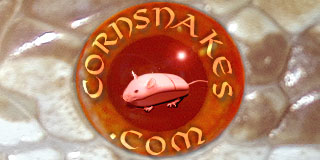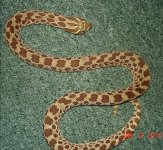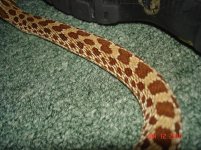whippet
Tara
Not sure what to do at this point. Our female hognose Kitty is rapidly loosing weight. She has not kept down a mouse in at least two months, and has refused most of them to begin with. She has gotten down to 69 grams...as a 3 or 4 year old. She should be well over 600 grams (according to my online searches of adult weights for breeding purposes. Anyone have an adult weight for one that is way different?).  uke01:
uke01:
She is very skinny and it hurts to see her like this. We have gone down in size to small hoppers or even a large fuzzy mouse with the same results. She never was as plump as she should have been when we bought her really. But neither Lauren nor I had seen adults in person, now that we have we understand what sausages they should be.
She has gone to the vet. They did a fecal, no neg results. She just won't eat.
So the question is...
Is it time? Should I have her put down or should I just see how it goes and keep offering food?
She is very skinny and it hurts to see her like this. We have gone down in size to small hoppers or even a large fuzzy mouse with the same results. She never was as plump as she should have been when we bought her really. But neither Lauren nor I had seen adults in person, now that we have we understand what sausages they should be.
She has gone to the vet. They did a fecal, no neg results. She just won't eat.
So the question is...
Is it time? Should I have her put down or should I just see how it goes and keep offering food?
Last edited:


